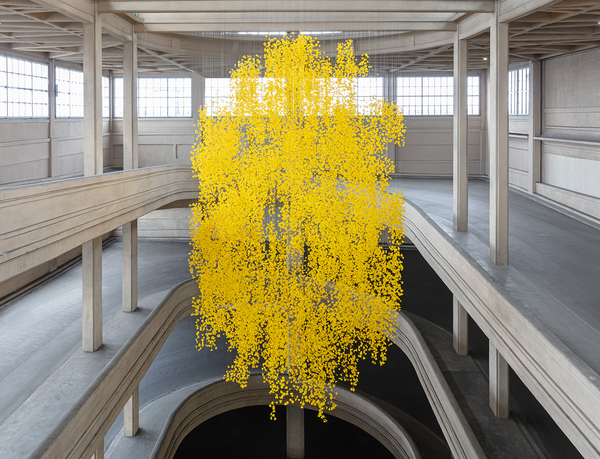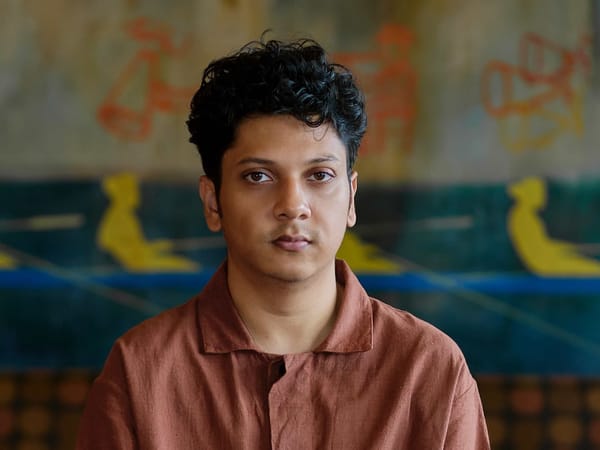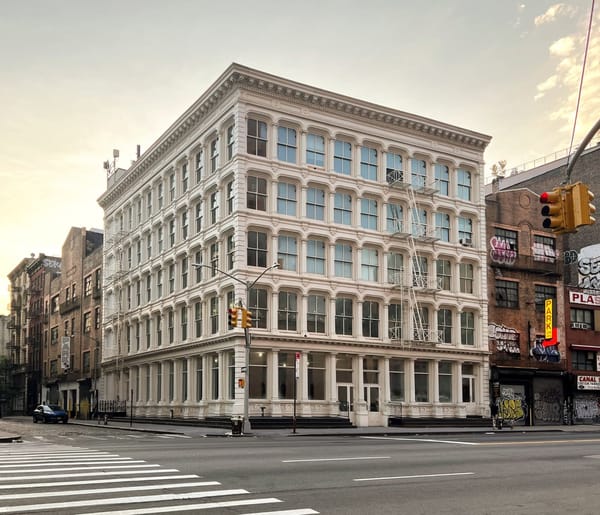News
South Korea Builds Kim Whanki Floating Museum on Water


On November 22, a Sinan County official announced plans to build a government-funded museum that will float on a lake to commemorate the late modernist painter Kim Whanki (1913–1974) in his hometown, in the village of Eupdong-ri on the island Anjwado, South Jeolla Province. Construction for the museum aims to begin in January 2021 with plans for the work to be completed by the end of the year, with the cost estimated at KRW 9.8 billion (USD 8.8 million).
Speaking to ArtAsiaPacific, the Whanki Foundation, founded in 1979 by the artist's wife Kim Hyang-an, claimed that "The floating museum . . . has no relation to Kim Whanki and his art," and that the museum "announced their plan without any discussion or notice to the Whanki Foundation." The foundation established the Whanki Museum in Seoul in 1992.
The new 2,200-square-meter floating museum will be located approximately 400 meters from the acclaimed artist’s childhood home, according to reports by The Korea Herald. The location is significant, as Kim drew inspiration from his hometown and its natural surroundings for many of his paintings. The county plans to host special exhibitions in the museum highlighting the island’s natural landscape through artworks by regional and international artists. The project is part of a larger initiative, 1 Do 1 Museum, introduced by the county government in 2019 to build 21 museums, galleries, and exhibition halls by 2022 to promote the region’s art and culture as well as increase tourism. Further details about the building’s architect and the museum’s collection have yet to be released.
Kim is recognized as a pioneering abstract artist and is known for his works of diverse hues and patterns. From 1931 to 1936, he enrolled in the Fine Arts Program at Tokyo’s Nihon University where he was exposed to the works of European modernists as well as Japanese painters Tsuguharu Foujita (1886–1968) and Seiji Togo (1897–1978), who later inspired Kim’s practice of rendering traditional Korean subject matters with a combination of colorful, organic lines. After his first solo exhibition at Tokyo’s Amagi Gallery in 1937, Kim moved to Seoul where he founded the avant-garde art movement, New Realism, to highlight the essence of nature through abstraction with artists Yoo Youngkuk and Lee Kyusang in the early 1940s. In the 1950s, he was also a professor at Hongik University’s College of Fine Arts. Kim and his wife moved to Paris in 1956, and later settled in New York after receiving a Rockefeller’s Asian Cultural Council fellowship in 1963. During his time in New York, Kim experimented with various materials and techniques, including painting Korean landscapes with hues of blue dots on a monochromatic canvas.
Ariana Heffner is an editorial intern of ArtAsiaPacific.
To read more of ArtAsiaPacific’s articles, visit our Digital Library.







